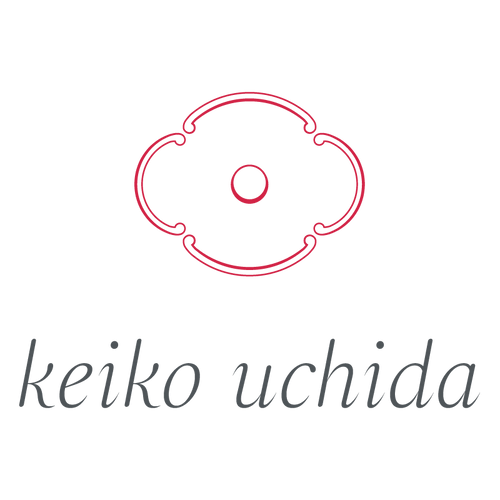Have your heard of Haiku? It’s a form of Japanese poetry and only uses 17 syllables. In Japanese, the rhythm of the haiku is important and so it should consist of three phrases using 5-7-5 syllables. It’s a very simple structure and the poems are very short, so we have to use ‘kigo’ in haiku. Kigo are seasonal words, and they help the reader’s imagination, as well as the poet’s, especially in such short poems. One of the greatest haiku poets is Matsuo Basho (1644-1694) and I would like to introduce some of his works as examples.
· Wintry day on my horse a frozen shadow.
· Moonlit plum tree – wait, spring will come.
· Spring moon – flower face in mist.
· Autumn storms – wild boars tossed with leaves.
Haiku are usually about nature, seasonality, everyday living and emotion – particularly joy and sadness. Haiku are not just for Japanese people anymore, they are composed and enjoyed globally now. When I was growing up in Japan I studied Basho and haiku, so I believe that haiku is to be enjoyed in our everyday life, and not just on special ceremonial.
· Old pond, Leap-splash – a frog.
· Autumn – even birds and clouds look old.
· No moon, no flowers, no friend – and he drinks sake.
Some of Basho’s haiku are not very positive, and actually quite depressing. Haiku is a very honest form of poetry and doesn’t cover up the truth with flowery language, but it contains deep meaning. We can express and release our emotions into 17 syllables. We all have good days and bad days so it might help us if we release our emotions into haiku.
When I was 8 to 9 years old I had a very strict teacher at school. We had to write poems every day as a homework and she selected the best ones to keep. We were so proud of ourselves when she asked us to copy our poems onto special pieces of paper as it meant they were good enough to keep. I was keen to investigate and describe nature as I saw it in the fields, park, and garden when I was playing with my friends for my poems. All sorts of activities were the subject of my poetry. I still remember a poem that I wrote “a kettle is becoming angry, he is glowing when he is boiling some water.’ (And my angry kettle was a man for some reason!).
We are living in a digital era and have to communicate with AIs sometimes, which is so removed from natural and real communication. I had a bad experience with an AI where it kept repeating the wrong answer to my question a few days ago. Perhaps I should write a haiku to release my negative emotions like Basho!
If you are interested in haiku, we have several books of Basho’s haiku. They are short and simple poems and will make you want to write your own haiku!
As a tea person, I’d like to share this wonderful Basho haiku with you_
· Chrysanthemum silence – monk sips his morning tea.

